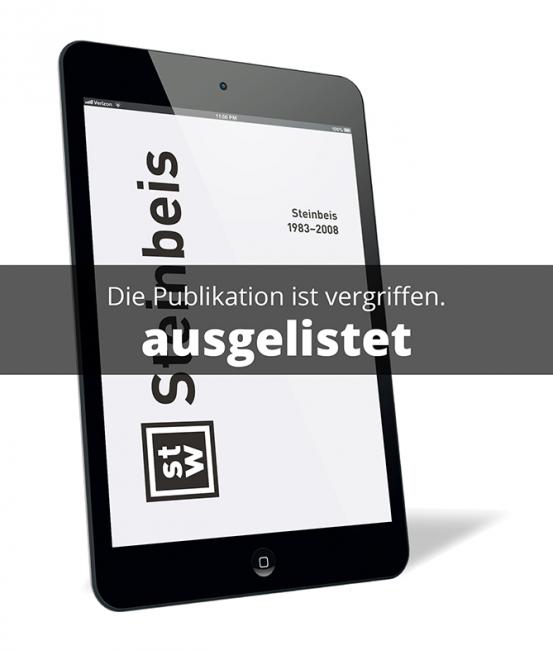Steinbeis could, quite justifiably, be considered an extraordinary organization for a plethora of reasons.
Steinbeis is extraordinary in terms of the restructuring it has undergone as a foundation, embarked upon with much enthusiasm by Lothar Späth and Johann Löhn at the beginning of the 1980s, despite expressions of concern from a number of political quarters. Moreover, Steinbeis is extraordinary for its subsequent successful development. So it comes as little surprise that fixing the age of Steinbeis bears little similarity to ordinary organizations. Ferdinand von Steinbeis, a champion of small and medium-sized enterprises in Baden-Württemberg in the 19th century, founded the first Steinbeis Foundation in 1868. After its dissolution in 1923 (during the hyperinflation of the Weimar Republic), the organization was brought back to life in 1971. Finally, 25 years ago, Lothar Späth and Johann Löhn set about translating their Steinbeis model of tangible knowledge and technology transfer into practice. Their model is based on skilled, knowledgeable experts working part-time as entrepreneurs in decentralized transfer centers. It makes it possible to tap into a treasure-trove of knowledge and experience otherwise unexploited for economic ends, especially knowledge at universities. Our 25th anniversary acts as a catalyst for us to build upon the work of Dr. Günter von Alberti (1920–1996) – who captured our history until 1991 – and to continue the story until 2008.
Steinbeis has changed: it has taken a step forward. In organizational terms, it underwent restructuring in 1998, growing more and more into a network. In terms of activity, it is now more clearly differentiated, focusing on Consulting, Evaluation and Expert Reports, Research and Development, and Training and Employee Development (in particular with the founding of the Steinbeis University Berlin).
Yet, as each year has passed, Steinbeis has remained loyal to one and the same aim: knowledge and technology transfer, networking between science and business and translating innovative potential into practice.

